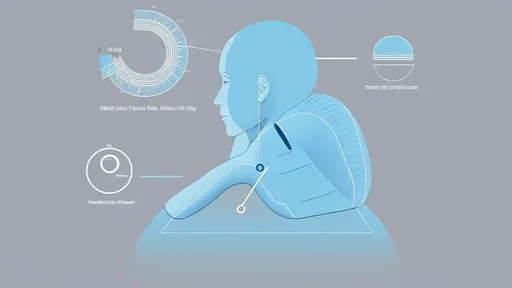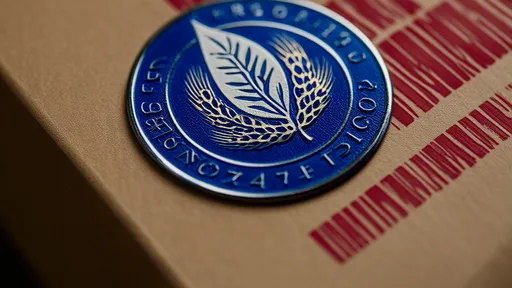The sensation of ear pressure during air travel is a common discomfort experienced by passengers of all ages. Known medically as ear barotrauma, this phenomenon occurs when there's a disparity between the air pressure inside the middle ear and the external environment. As the aircraft ascends or descends, rapid changes in cabin pressure can cause the eardrum to stretch inward or outward, leading to that familiar plugged-ear feeling. While this is usually temporary, it can sometimes escalate into significant pain or even hearing impairment if not addressed properly.
One of the simplest and most frequently recommended techniques to equalize ear pressure is chewing. The act of chewing gum or food stimulates the muscles around the Eustachian tubes, the narrow passages connecting the middle ear to the back of the throat. These tubes play a critical role in pressure regulation. When they open, air can flow in or out of the middle ear, balancing the pressure on either side of the eardrum. This natural mechanism explains why flight attendants often distribute chewing gum before takeoff and landing.
Chewing alone isn't always sufficient for everyone, especially during rapid pressure changes. Some individuals may need to combine chewing with other techniques like yawning or swallowing to achieve effective equalization. The key is to keep the Eustachian tubes active and open. For those who don't enjoy gum, snacks like nuts or dried fruit can serve the same purpose. The repetitive motion of chewing encourages frequent swallowing, which further aids in tube opening and pressure relief.
Children, in particular, may struggle with ear pressure due to their narrower and more horizontal Eustachian tubes. Parents can help by ensuring their child chews or sucks on something during critical phases of the flight. A bottle for infants or a lollipop for older children can be effective. It's important to note that forcing equalization through excessive straining or the Valsalva maneuver (pinching the nose and blowing gently) should be avoided, as it can sometimes cause more harm than good if done incorrectly.
For frequent flyers or those with pre-existing ear conditions, proactive measures can make a significant difference. Staying hydrated is essential, as dehydration can thicken mucus and impede Eustachian tube function. Avoiding alcohol and caffeine before and during the flight can also help, as these substances contribute to dehydration. Some travelers find relief using specialized earplugs designed to regulate pressure changes gradually, though these should be used in conjunction with chewing or other active equalization methods.
While chewing is a universally accessible solution, its effectiveness varies from person to person. Those with allergies, colds, or sinus infections may experience greater difficulty due to swollen nasal passages and blocked tubes. In such cases, decongestants or nasal sprays used 30-60 minutes before flight can provide additional relief by reducing inflammation. However, these should be used cautiously and only after consulting a healthcare provider, especially for individuals with certain medical conditions.
The science behind ear pressure equalization underscores the importance of understanding one's own body. Some travelers may need to experiment with different techniques to find what works best for them. Chewing remains one of the most convenient and drug-free approaches, requiring no special equipment or preparation. As air travel continues to be an integral part of modern life, mastering these simple yet effective strategies can transform the flying experience from uncomfortable to effortless.

By /Jul 28, 2025

By /Jul 28, 2025

By /Jul 28, 2025

By /Jul 28, 2025

By /Jul 28, 2025

By /Jul 28, 2025

By /Jul 28, 2025

By /Jul 28, 2025

By /Jul 28, 2025

By /Jul 28, 2025

By /Jul 28, 2025

By /Jul 28, 2025

By /Jul 28, 2025

By /Jul 28, 2025

By /Jul 28, 2025

By /Jul 28, 2025

By /Jul 28, 2025

By /Jul 28, 2025